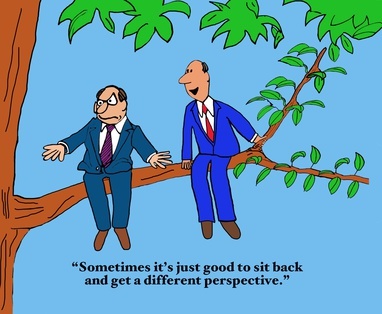Present Blog – IT Thought Leadership
Blog Present-IT thought leadership
Blog Present-IT thought leadership
IT thought leadership blog for CIOs and CTOs in Canada seeking resources to drive IT as a business contributor: hybrid cloud, infrastructure, managed services and security and IT recruitment.
 IT is often left out of value creation in enterprises that are not in the IT field. This is due to the fact that most companies have been built on technical or industrial know-how, or even a service level.
IT is often left out of value creation in enterprises that are not in the IT field. This is due to the fact that most companies have been built on technical or industrial know-how, or even a service level.
Over the last decades, IT has permitted for all of these businesses to gain in efficiency and productivity, however, the IT department is still viewed as a support service and cost center.
Take for example businesses in transportation, furniture manufacturing, retail, or food distribution that have innovated thanks to IT and have passed to a superior level.
It is the role of the CIO or any other person in charge of the IT department to demonstrate its value to the company. Here are 4 ways to do it:
1. Modifying how IT is viewed: from cost center to profit center
IT equipment is expensive, but rarely is it used to its full potential. The investment is therefore not optimized.
To do this, management must decide to systematically involve the CIO in strategic decisions. By considering IT earlier on in the creation process, this increases its profitability.
2. Value does not equal ROI (Return on Investment)
We must stop trying to attribute a number in dollars to the sums involved in IT investment. This approach is a hindrance to innovation.
In reality, intangible assets are often the most important value created by investing in digital transformation: image improvement, perceived value, quality of the client experience...
3. Exploiting the dormant potential in every business
Structured and unstructured data are now one of the principal sources of value in a business. Yet their potential is often times underestimated outside of the IT department.
To demonstrate to management the ways in which your department can generate business value, use this data to identify optimization and business opportunities.
4. Using IT to bring down barriers
These days, what every department in a company has in common, is their information technology reliance. With the right approach and above all the willingness to take advantage of the value created by each department, IT can today maximize the efforts of everybody by transcending different departments.
The interoperability of IT systems and platforms are the key for efficient data circulation in a company.
Conclusion
Nowadays, leaders in IT play a central role in business and must simultaneously be visionaries, alchemists that transform data into gold, entrepreneurs that identify business opportunities and of course, the driving force behind digital transformation.
We must take the lead in illustrating to management that a business’ digital development undeniably relies upon a higher integration of IT in corporate growth strategy.
Image credit: © cartoonresource - Fotolia.com
About Blog
The right use of technology addresses business challenges and drives business growth in all areas of an enterprise. We hope this blog will offer insight into developing strategies and tactics to enable you to identify those key drivers of growth and keep pace with and anticipate the rapid technology change of today.
Posts by Topic
- IT infrastructure (116)
- IT security (92)
- IT Innovation (59)
- Trends (51)
- Cloud (47)
- Managed services (46)
- Mobility (38)
- Digital transformation (29)
- CIO/IT leaders (28)
- Events (28)
- News (23)
- Microsoft 365 (17)
- Security (17)
- IBM (16)
- Disaster recovery (DR) (14)
- High availability (12)
- Recruitment (12)
- Storage (12)
- Big Data (11)
- Collaboration (11)
- AI (9)
- Case study (9)
- Office 365 (9)
- BYOD (8)
- Customer Experience (8)
- Hybrid Cloud (7)
- Current events (6)
- SAP Hana (5)
- Business intelligence (BI) (4)
- Converged infrastructure (4)
- Convergence / Hyper-convergence (4)
- Virtualization (4)
- Copilot (3)
- Future of retail (2)
- Retail (2)
- trend (2)
- Backups (1)
- Beacon (1)
- Blog Migrations (1)
- Contests (1)
- Infrastructure TI (1)
- Innovation TI (1)
- IoT (1)
- MDM (1)
- Stockage (1)
- Virtualisation (1)
- blockchain (1)
- cio (1)
- replication (1)
- Étude de cas (1)


